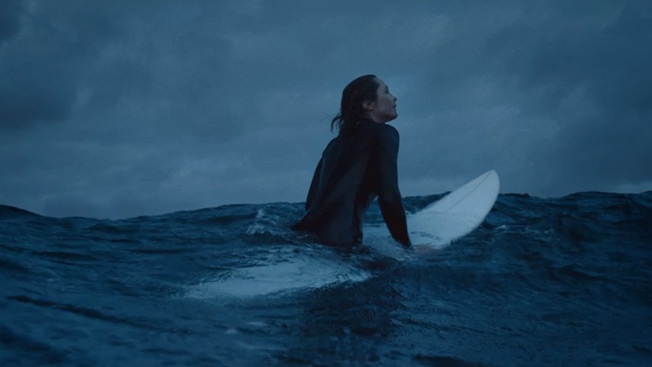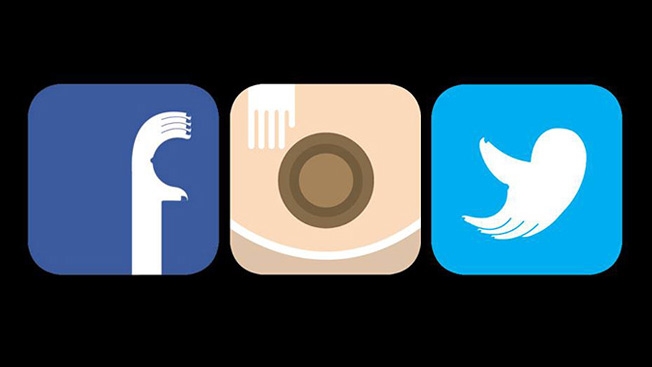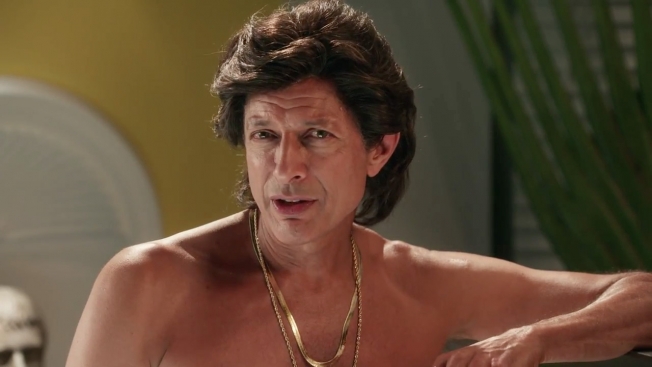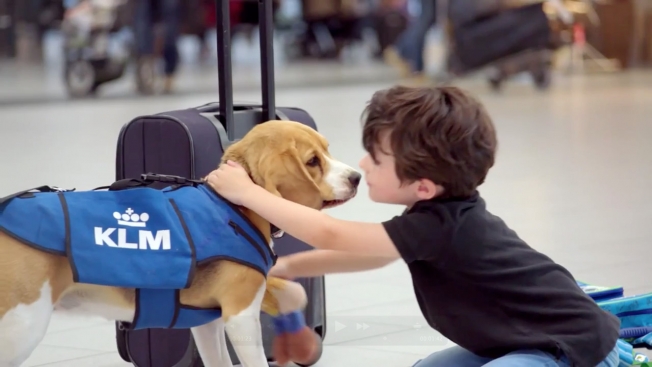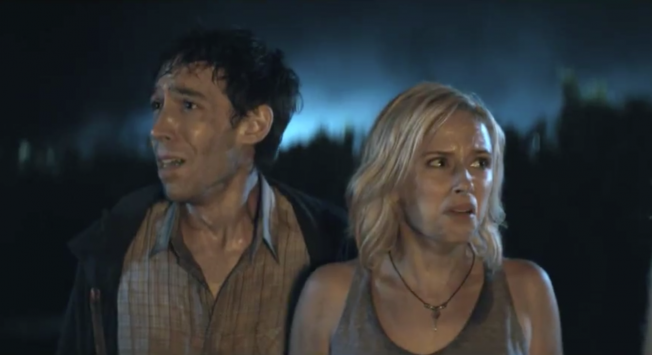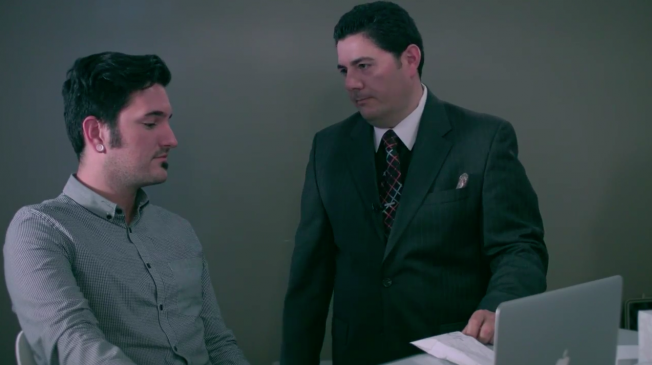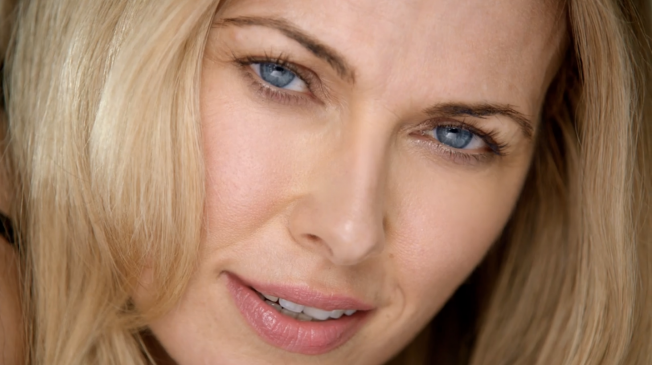How to put a fresh spin on a reliable, well-regarded staple on hardware store shelves for the past 131 years? To hear David Melançon tell it, the biggest challenge he faced when he joined Benjamin Moore as CMO was to dispel the assumption that “paint is paint is paint.” So Melançon turned to one of the country’s most beloved cultural cues.

With an assist from lead creative shop The Martin Agency, Melançon exploited the idea that paint doesn’t only cover our houses but also creates the aesthetic of the American hometown. The “Main Street Matters” campaign tapped into Benjamin Moore’s Rockwellesque heritage with a contest to give American towns a whole new look.
Launched with a cable TV spot narrated by Brad Pitt, plus local newspaper, radio and online ads, the contest asked consumers to nominate and vote for 800 towns most deserving of a refreshing. After 800 nominees, 500,000 votes and 1.3 million unique visits to the Benjamin Moore site, 20 municipalities got a free color consultation and a dramatic makeover, each unveiled with a street celebration.
At a time when big-box stores have taken over and many lament the loss of the town square, the campaign achieved a profound halo effect for Benjamin Moore. “We didn’t just want to make Main Streets prettier—we also wanted revitalization,” explains Melançon. To extend the goodwill, the company donated a portion of sales to 1,800 local downtown restoration projects. “Proof that the ‘Main Street’ program went beyond aesthetic improvements is that all the [winning] downtowns have experienced an increase in new tenants because now they are more attractive places to be,” reports CEO Mike Searles.
The campaign also helped drive 5 percent growth in sales nationally and foot traffic at the paint company’s largest dealers, many of which saw their sales rise by 6 percent.

Fresh Coat |
While the initiative emphasized Benjamin Moore’s traditional side, Melançon also wanted to stress paint’s ability to express daring and individuality. So with The Martin Agency, the brand launched “Shades of Life,” a campaign that captures a splay of paint flying through the air, à la Jackson Pollock. In one spot, actress Elisabeth Moss narrates a tale of choosing freedom over love. “The ads are effective because they distill the product down to its bare essence,” says Tom Agan, managing partner of brand consultancy Rivia. “They tug on our basic, deep visual triggers for color and shape.” They also snagged about 30,000 views each on YouTube.
Those efforts demonstrate Melançon’s determination to invest in marketing and take creative risks—and have some fun in the process. Last Halloween, the brand promoted its Ultra Spec 500 paint (which does a “scary good job”) by luring paint contractors into a “haunted” hotel, then scaring the hell out of them as hidden cameras capture the moment. “I don’t generally like marketing gimmicks,” Melançon says. “But I had to trust my team, and they executed it brilliantly.”
Melançon left his CMO post in June and now consults for parent company Berkshire Hathaway. But Searles remembers well how he “increased the importance of marketing at Benjamin Moore and strengthened the brand’s position with our dealers and their communities.”
Rich Weinstein, group account director at The Martin Agency, adds that Melançon “understood that this venerable, classic Americana brand needed to act like a challenger brand. David is a visionary.”
View the Brand Genius winner class of 2014:
Paul Crandell, GoPro | Mark Crumpacker, Chipotle | Michelle N. Fernandez, Canon USA | Camille M. Gibson, General Mills | Trudy Hardy, BMW of North America | Matt Jauchius, Nationwide | Quinn Kilbury, Newcastle Brown Ale | David Melançon, Benjamin Moore & Co. | Shane Smith, Vice | Dana White, UFC









